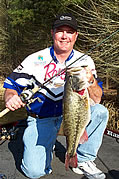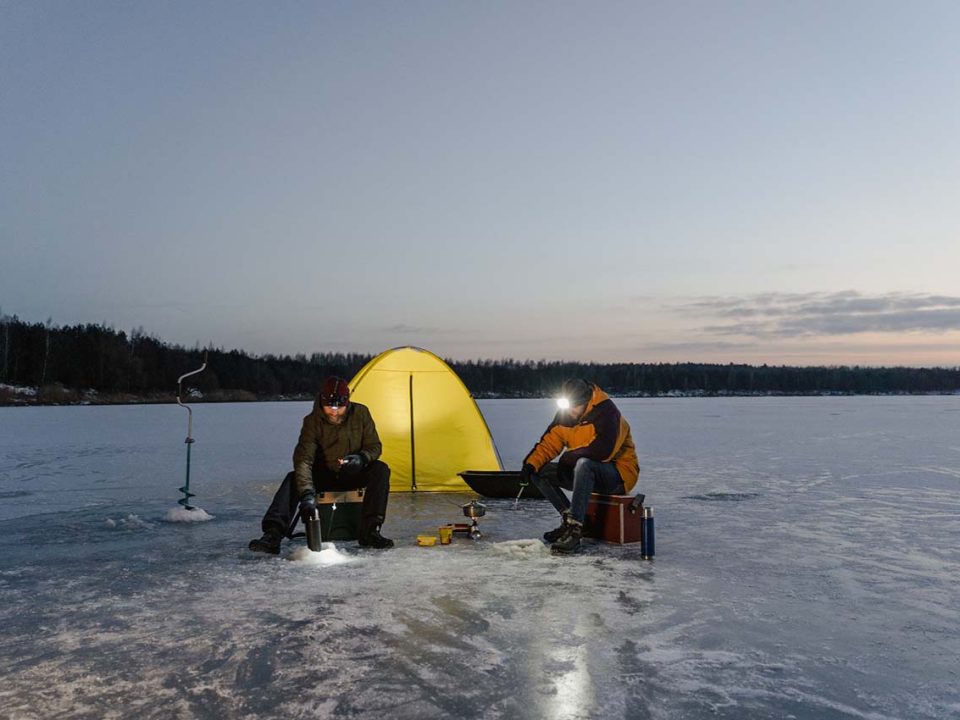
Finally, a break from a long, hot and dry summer has arrived. We humans are certainly glad to see the temperatures fall and receive a little bit of much needed rainfall. Hopefully the wildlife in our area will benefit from it, also. This has been an unusual summer to say the least. We went over 70 days without rainfall, had one of the hottest summers on record, and for one reason or another, the bass fishing at Richland-Chambers reservoir was horrible. In fact, it has been the worst I’ve ever seen. Perhaps the cooler temperatures will spark a change in the fishing. Let’s hope so.
In order to find bass to catch as they make the transition from summer to fall, it is important to understand their lifestyles and habits. If we can figure ’em out, we can catch ’em, hopefully.
Generally speaking, at our two closest bass fishing lakes, Richland-Chambers and Cedar Creek Lake, summertime means the bass can be found on main lake points and humps, such as submerged stock tank dams. The fish can be on the bottom of the lake, but usually they are suspended, making them even more difficult to catch. They feed on large schools of shad living in the same general areas.
As cooler temperatures arrive as a result of cold fronts ushering in from the north, the shad will begin their journey to the mouths of the creeks and later venture farther back into the creeks as the shallower water in them tends to cool down. Naturally, the bass will follow the shad into the creeks much like I would move to the back yard to eat supper, if that is where it was served.
Historically speaking, once in the creek, the bass get easier to catch. They are beginning to gorge themselves in anticipation of the upcoming winter months. My goal, is to give them something to eat like a spinnerbait, a jig or a crankbait.

If I find bass grouped up in the creeks feeding on shad, I like to throw a chrome or gold colored ½ ounce Rat-L-Trap on a 6’6″ medium action composite crankbait rod from Quarrow rods (www.Quarrow.com). I prefer to use an Abu Garcia TP3000 reel for fast or slow retrieves, spooled with12-15# P Line (www.p-line.com), depending on the amount of cover. The thicker the cover (more trees and stumps) the larger the line. The composite crankbait rod is limber enough not to rip the crankbait out of the fish’s mouth, yet light and strong enough to get the job done. It will be on the market after the first of the year. Look for it at your local tackle dealer.
If the sun is bright, the fish will often be holding tighter to cover in the creeks. A bit of flippin’ and pitchin’ is in order. Rigged on a 6’6″ or 7′ medium heavy action Quarrow rod, outfitted with an Ultra cast 4600 reel from Abu Garcia (www.abu-garcia.com) filled with 20-25# P Line you’ll find two of my favorite fall baits; a white Bulldog jig and a Strike King flippin’ tube, also in white or smoke.
I’ll pick the cover apart alternating from the jig to the tube. I usually rig the ¼ ounce or 3/8 ounce jig with a Zoom plastic pork chuck to increase the bulk of the bait. I like the smaller jigs because they fall slower staying in the strike zone for a longer period of time. When using the tube jigs, I always use a tube rattle from H&H Plastic rattles (www.bcity.com/plasticrattles). They are made especially for tube baits and really make a difference in the number of strikes I get on the tubes. If fishing is slow on the jig, I’ll also use their clip on jig rattles to entice more bites.
Once the water has really cooled down, into the low 70’s, I like to throw a white or white/chartreuse, 3/8 ounce Bulldog spinnerbait on a 6′ medium action, pistol grip Quarrow rod. I’ve started using more and more pistol grip rods while fishing spinnerbaits and other small sized baits. The shorter handle allows me to flip cast, underhanded, for more precision casting.
With the cooler water, the bass tend to move even shallower in the creeks to ambush baitfish. The spinnerbait can be a deadly choice when the time is right. Again, keep in mind that the bass are feeding, getting ready for winter. They gorge themselves, while they can, before the water gets too cold and their metabolism slows to the point where they don’t run around chasing food. Now is the time to take advantage of their lifestyles and habits to help you catch more fish. Besides, the temperature is again in the comfortable range for fishing.
I’ll be enjoying fall bass fishing later this month at the Skeeter-owner tournament, with my father, at Lake Fork. Early next month, I’ll be fishing the B.A.S.S. Central Invitational tournament at the Red River in Shreveport, Louisiana. I hope to see you on the water, too. If you have any questions or comments about fall bass fishing, please visit my new web site. Until next time, enjoy the Texas outdoors, and take a kid along with you




